
Two Eyes on the Sun: Unveiling Solar Dynamics with Coordinated Observations
In October 2022, the U.S. National Science Foundation (NSF) Daniel K. Inouye Solar Telescope and the European Space Agency (ESA) Solar Orbiter carried out their first coordinated campaign, capturing a decaying solar active region from ...

Gemini South Celebrates 25th Anniversary With Stunning Snapshot of the Butterfly Nebula
To celebrate 25 years since the completion of the International Gemini Observatory, students in Chile voted for the Gemini South telescope to image NGC 6302 — a billowing planetary nebula that resembles a cosmic butterfly ...

NASA’s Roman Could Bring New Waves of Information on Galaxy’s Stars
A team of researchers has confirmed stars ring loud and clear in a “key” that will harmonize well with the science goals and capabilities of NASA’s upcoming Nancy Grace Roman Space Telescope ...

Webb First to Show 4 Dust Shells ‘Spiraling’ Apep, Limits Long Orbit
NASA’s James Webb Space Telescope has delivered a first of its kind: a crisp mid-infrared image of a system of four serpentine spirals of dust, one expanding beyond the next in precisely the same pattern ...

Students in Hawai‘i Name Mesmerizing Image Ua ʻŌhiʻa Lani for the International Gemini Observatory’s 25th Anniversary
To celebrate 25 years since the completion of the International Gemini Observatory, students in Hawai‘i voted for the Gemini North telescope to image NGC 6820 — a striking emission nebula and open star cluster. The ...
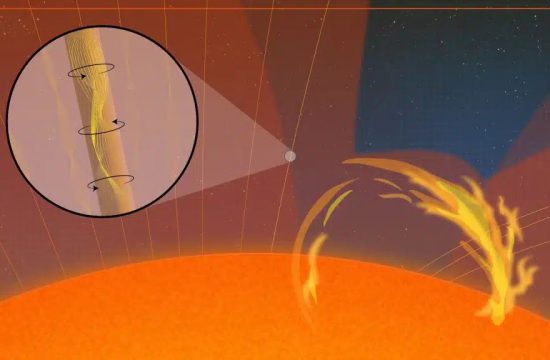
Scientists Spot Long-Hypothesized Twisting Magnetic Waves in the Sun’s Corona with NSF Inouye Solar Telescope, Hinting at a Hidden Engine Driving Key Solar Phenomena
For more than half a century, scientists have been puzzled by one of the Sun’s unsolved mysteries: why is its outer atmosphere, the corona, millions of degrees hotter than the solar surface below? This superheated ...
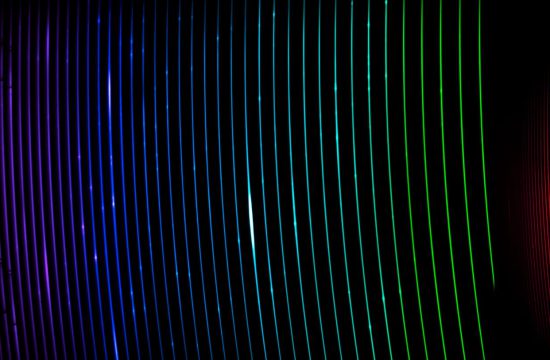
New Instrument at SOAR Achieves First Light with Observations of Remarkable Binary Star System
The SOAR Telescope, located on Cerro Pachón in Chile, has received a major upgrade with the installation of the SOAR Telescope Echelle Spectrograph (STELES). The long-awaited instrument achieved first light in August with observations of ...
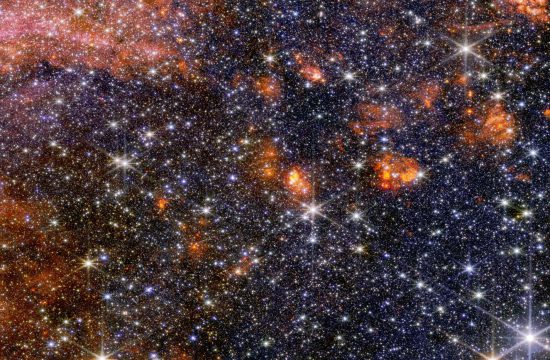
NASA’s Webb Explores Largest Star-Forming Cloud in Milky Way
NASA’s James Webb Space Telescope has revealed a colorful array of massive stars and glowing cosmic dust in the Sagittarius B2 molecular cloud, the most massive and active star-forming region in our Milky Way galaxy. ...
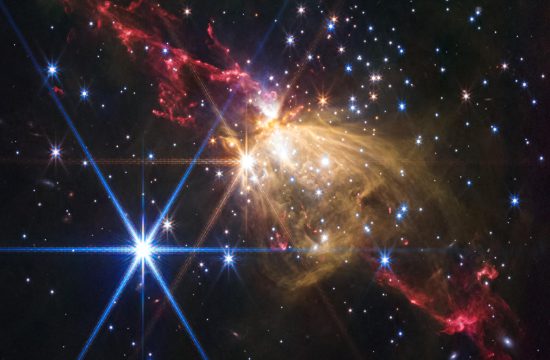
NASA’s Webb Observes Immense Stellar Jet on Outskirts of Our Milky Way
A blowtorch of seething gasses erupting from a volcanically growing monster star has been captured by NASA’s James Webb Space Telescope. Stretching across 8 light-years, the length of the stellar eruption is approximately twice the ...
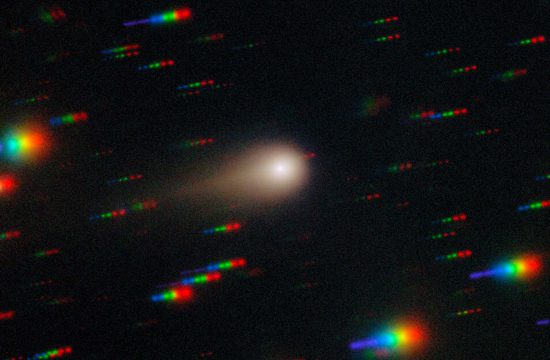
Gemini South Captures Growing Tail of Interstellar Comet 3I/ATLAS During Educational Observing Program
Astronomers and students working together through a unique educational initiative have obtained a striking new image of the growing tail of interstellar Comet 3I/ATLAS. The observations reveal a prominent tail and glowing coma from this ...
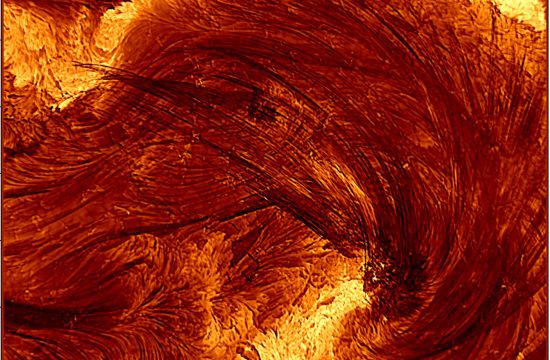
The NSF Inouye Solar Telescope Delivers Record-Breaking Images of Solar Flare, Coronal Loops
On August 8, 2024, the U.S. National Science Foundation (NSF) Daniel K. Inouye Solar Telescope captured the sharpest-ever images of a solar flare at the H-alpha wavelength (656.28 nm), revealing dark coronal loop strands in ...
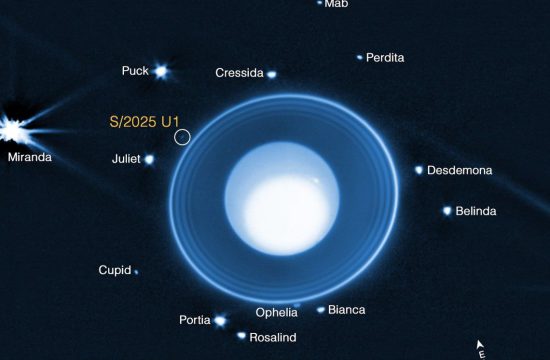
New Moon Discovered Orbiting Uranus Using NASA’s Webb Telescope
Using NASA’s James Webb Space Telescope, a team led by the Southwest Research Institute (SwRI) has identified a previously unknown moon orbiting Uranus, expanding the planet’s known satellite family to 29. The detection was made ...
